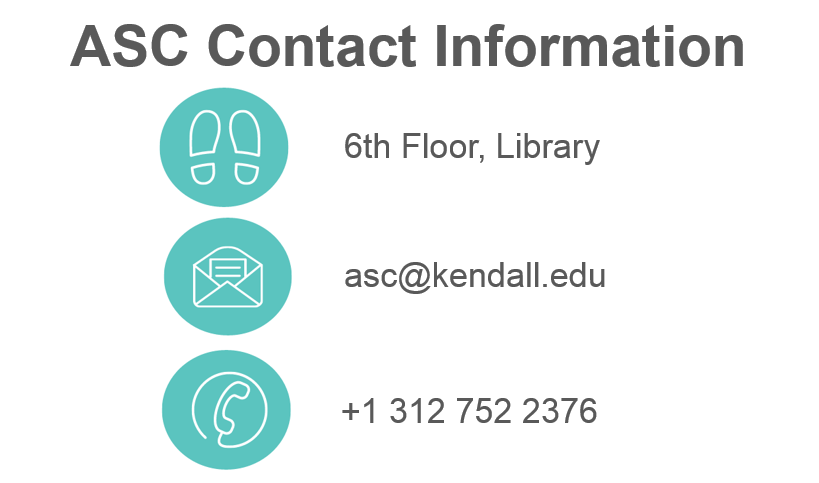
Here are the most common types of books you might have to cite using APA style.
If, for some reason, you do not find the information that you need, visit our APA Homepage for other helpful resources. The information is out there!
GENERAL RULES:
1. Author’s last name and initials of first name (and middle name)
2. Publication year inside a parenthesis
3. Title (including subtitles) italicized
4. City (complete) and state of publication (abbreviated) separated by a comma. Follow the state of publication with a colon
5. Publisher’s name (not including Inc., Co., or Publishers)
WHOLE CITATION:
Cheng, E. (2016). How to Bake π: An Edible Exploration of the
Mathematics of Mathematics. New York, NY: Basic Books.
IN-TEXT CITATION:
(Cheng, 2016)
After reviewing some of these specific points, you should have noticed the following:

You don’t need to become an APA master in order to cite correctly, you simply need to become familiar with this style of citing.
There is a general pattern (format) for citing different types of sources. Depending on the additional information that you need to include, there particular places where the information needs to be inserted.
Take a quick look at the slides below:







If you are citing an introduction, a preface, a foreword or afterword, use the following way to cite it:
Whole Citation:
Fuentes, C. (2008). Foreword. In M. Azuela, The Underdogs: A Novel of the Mexican Revolution (p. x). New York, NY: Penguin Books.
In-Text Citation:
(Fuentes, 2008)